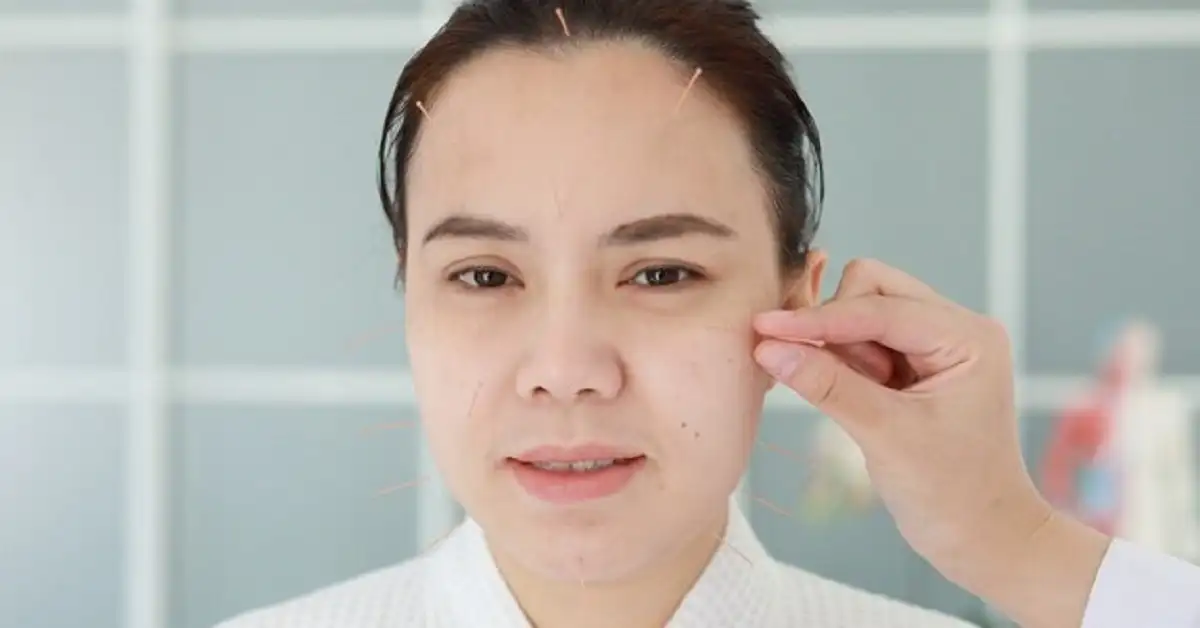Understanding White Plug Demodex Acne: Causes, Symptoms, and Treatment
Introduction
White plug Demodex acne is a type of skin condition that is often misunderstood and misdiagnosed. It is characterized by the appearance of white or yellowish plugs in the skin, often accompanied by inflammation, redness, and itchiness. This condition is typically linked to an infestation of Demodex mites, tiny parasitic organisms that naturally live on human skin. However, when their population grows out of control, they can cause a range of skin issues, including what is referred to as Demodex acne.
In this article, we will delve into the causes, symptoms, diagnosis, and treatment options for white plug Demodex acne, as well as tips for prevention.
What is Demodex?
Demodex is a genus of tiny mites that live in or near the hair follicles of mammals. In humans, the two main species are Demodex folliculorum and Demodex brevis. While these mites are naturally present on the skin, they are typically harmless in small numbers. However, under certain conditions—such as a weakened immune system, hormonal imbalances, or poor skin hygiene—the population of these mites can increase dramatically, leading to skin irritation and the formation of acne-like lesions.
Demodex mites primarily feed on sebum, the oily substance produced by sebaceous glands in the skin, which is why they are commonly found in areas with high concentrations of these glands, such as the face, scalp, and chest.
What is White Plug Demodex Acne?
White plug Demodex acne occurs when the presence of Demodex mites causes a blockage in the pores, resulting in the formation of white or yellowish plugs. These plugs can resemble comedones (commonly known as whiteheads or blackheads), but they are different in that they are often associated with a Demodex infestation rather than a buildup of oil and dead skin cells.
The presence of white plugs is one of the hallmark signs of Demodex acne, and it may be accompanied by other symptoms such as:
- Redness and inflammation around the affected areas
- Itchiness or a crawling sensation on the skin
- Flaky or scaly skin
- Acne-like breakouts, particularly around the nose, cheeks, chin, and forehead
- Rough skin texture, often described as feeling “sandpaper-like”
Causes of White Plug Demodex Acne
Several factors can contribute to the development of white plug Demodex acne. Understanding these causes is essential for effective prevention and treatment.
1. Overpopulation of Demodex Mites
The primary cause of this condition is an overgrowth of Demodex mites on the skin. While these mites are naturally present on most people’s skin, an overpopulation can lead to issues. Factors that contribute to this overgrowth include:
- Oily skin: Excess sebum production provides more food for the mites, encouraging their growth.
- Weakened immune system: When the immune system is compromised, it is less effective at keeping the mite population under control.
- Age: Older individuals tend to have higher concentrations of Demodex mites due to changes in sebum production over time.
2. Poor Skin Hygiene
Infrequent cleansing of the face can lead to an accumulation of oil, dead skin cells, and environmental pollutants, which create an ideal environment for Demodex mites to thrive.
3. Hormonal Changes
Hormonal fluctuations, such as those experienced during puberty, pregnancy, or menopause, can lead to increased sebum production. This makes the skin more prone to developing white plug Demodex acne.
4. Skin Conditions
People with rosacea or other inflammatory skin conditions are more susceptible to Demodex overgrowth. Rosacea, in particular, is known to be associated with a higher population of Demodex mites, which may exacerbate the condition.
Symptoms of White Plug Demodex Acne
The symptoms of white plug Demodex acne can vary depending on the severity of the infestation and individual skin types. Common symptoms include:
- White or yellow plugs in the pores, which are often mistaken for whiteheads.
- Pustules and papules resembling acne breakouts.
- Red, inflamed patches of skin, particularly in areas rich in sebaceous glands (e.g., nose, cheeks, forehead).
- Itching and irritation that may worsen at night, as Demodex mites are more active in the dark.
- Scaly, rough skin that can be mistaken for dry skin or eczema.
- Enlarged pores due to the blockage caused by the plugs and the presence of mites.
Diagnosis of Demodex Acne
Diagnosis of white plug Demodex acne often involves a clinical examination by a dermatologist. In some cases, a skin scraping may be performed to determine the presence of Demodex mites. This involves gently scraping the surface of the skin to collect a sample, which is then examined under a microscope to count the number of mites present. A high number of mites may confirm a diagnosis of Demodex-related skin issues.
Treatment of White Plug Demodex Acne
Treatment of white plug Demodex acne requires a combination of approaches aimed at reducing the mite population, managing symptoms, and improving skin health. Below are common treatment strategies:
1. Topical Medications
- Tea Tree Oil: Tea tree oil is a natural remedy known for its anti-parasitic properties, and it is effective in killing Demodex mites. It can be applied in the form of a diluted solution or as part of a cleanser.
- Ivermectin Cream: Ivermectin is an antiparasitic medication that can help reduce the population of Demodex mites. It is available as a topical cream (such as Soolantra) and is effective in managing the symptoms of Demodex acne.
- Benzoyl Peroxide: This common acne treatment can help to reduce the oiliness of the skin and minimize the chance of further blockages in the pores.
- Metronidazole: A topical or oral antibiotic often prescribed to reduce inflammation and prevent secondary bacterial infections.
2. Oral Medications
In more severe cases, oral medications such as oral ivermectin or oral antibiotics (such as doxycycline) may be prescribed to address the infestation internally and reduce inflammation.
3. Proper Skin Care Routine
Maintaining a consistent skincare routine is crucial for managing Demodex acne. Here are some key steps:
- Cleanse regularly: Use a gentle, non-comedogenic cleanser to keep the skin free of excess oil and debris.
- Exfoliate lightly: Regular exfoliation can help remove dead skin cells that may contribute to pore blockages, but it should be done gently to avoid irritation.
- Moisturize: Use a light, non-oily moisturizer to keep the skin hydrated without clogging the pores.
Prevention of White Plug Demodex Acne
Preventing Demodex acne involves maintaining good skin hygiene and managing factors that contribute to mite overgrowth. Here are some tips for prevention:
- Wash your face twice daily with a gentle cleanser to remove excess oil and dirt.
- Avoid heavy, oil-based products that can clog the pores and feed the mites.
- Keep your bedding clean: Mites can transfer from the skin to bedding, so it is important to wash pillowcases and sheets regularly.
- Avoid touching your face unnecessarily, as this can introduce bacteria and oil to the skin.
- Address underlying skin conditions: If you have conditions like rosacea, work with your dermatologist to manage them effectively, as they can increase your risk of Demodex-related issues.
Conclusion
White plug Demodex acne is a condition that can be frustrating and difficult to manage, but with the right treatment and skincare routine, it is possible to control and reduce its symptoms. Understanding the role of Demodex mites in the development of this type of acne can help individuals and healthcare providers identify effective treatment strategies. If you suspect you have Demodex acne, it is important to consult with a dermatologist for a proper diagnosis and treatment plan tailored to your skin’s needs.
By maintaining good skin hygiene, using appropriate treatments, and seeking professional guidance, individuals can improve the health of their skin and alleviate the symptoms associated with white plug Demodex acne.



